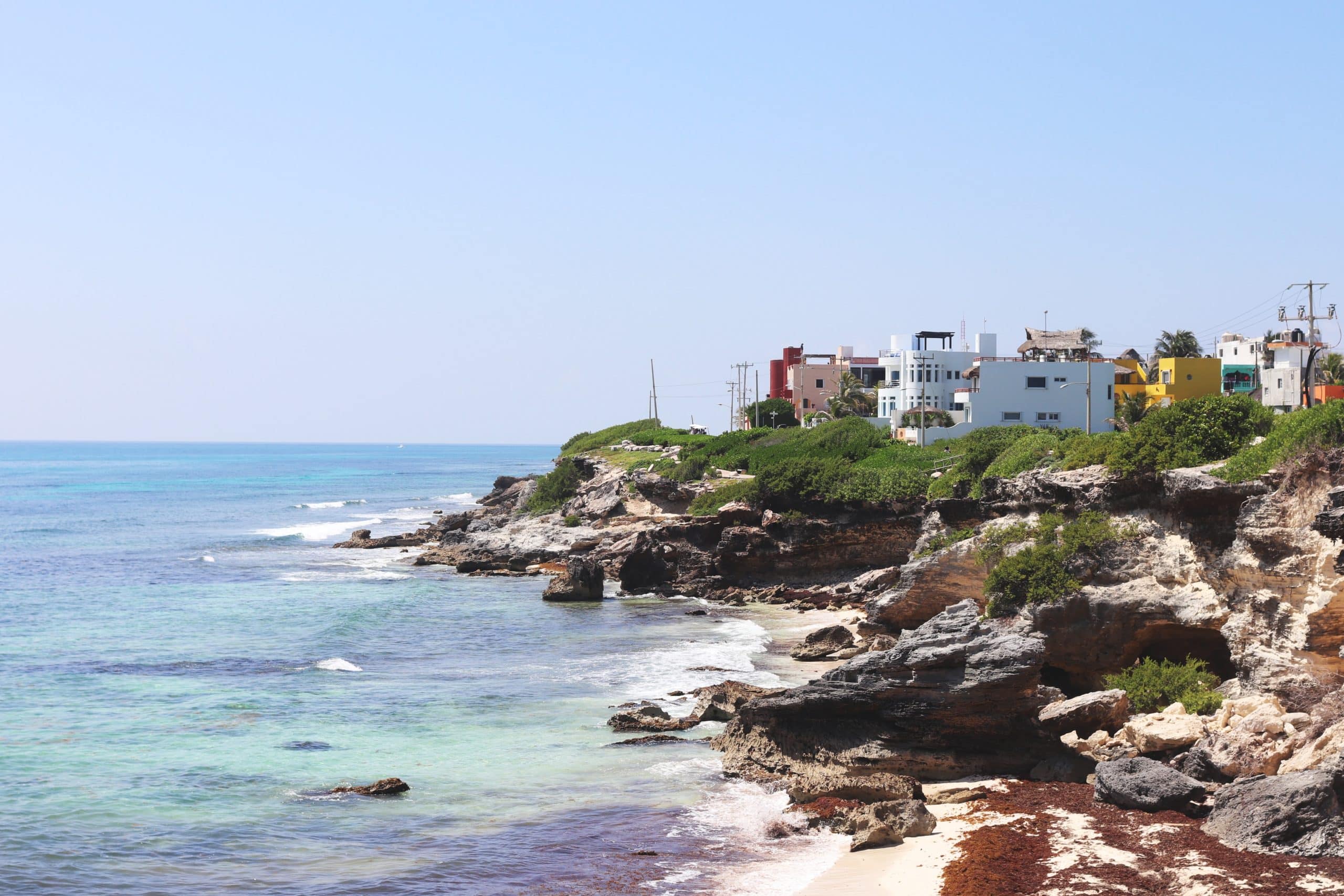
What are the key elements of coastal home design?
Coastal home design is an adventurous journey in interior decorating that captures the essence of beach living and brings it right into your home. It is a style that encourages relaxation, evokes memories of fun-filled beach vacations, and instills a sense of calm and tranquility. It is a perfect blend of simplicity, functionality, and beauty that can transform any home into a coastal retreat, irrespective of its location. Let’s explore some of the essential elements that make coastal home design so unique and inviting.
Embracing Natural Light
One of the prominent features of coastal design is the ample utilization of natural light. Coastal homes are often bathed in beautiful, warm sunlight, creating a cheerful and inviting atmosphere. Large windows, skylights, and glass doors are commonly used to allow maximum sunlight into your house.
Sujet a lire : How can you design a pet-friendly yet stylish home?
To maximize the effect of natural light, it’s essential to keep your window treatments to a minimum. Opt for sheer, lightweight curtains or blinds that let in plenty of light while maintaining privacy. Also, strategically placed mirrors can reflect light and make your rooms appear brighter and more spacious.
If you are redesigning an existing home, consider knocking down a wall or two to create an open floor plan. This will not only allow more light to penetrate deeper into your home but also create a feeling of spaciousness, another key element of coastal design.
Avez-vous vu cela : Edible landscaping: merging beauty with nutrition
Choosing the Right Colors
When it comes to coastal design, color plays a significant role in setting the right mood. The coastal color palette is inspired by the colors of the beach – the sky, the sea, and the sand.
It often consists of light, airy shades such as white, beige, and soft blues. These colors form the perfect backdrop for your coastal decor and provide a soothing, relaxed atmosphere. Use them on your walls, ceilings, and large furniture pieces.
You can then accent these neutral shades with brighter hues inspired by the vibrant colors of beach elements, such as coral, sea glass, or tropical flowers. Use these colors sparingly, in your decorative accessories, cushions, artworks, or even a feature wall.
Incorporating Natural Elements
Another defining feature of coastal home design is the use of natural elements. The beach is full of inspiration, and by incorporating these elements into your home, you can create a connection with nature and bring the outside in.
Wooden furniture, especially those with a weathered or distressed finish, is a popular choice for a coastal home. Rattan, wicker, and bamboo are also commonly used, not just in furniture but also in light fixtures, window shades, and decor accessories.
Natural fabrics such as cotton, linen, or jute are ideal for curtains, upholstery, and rugs. They are not only eco-friendly but also add texture and warmth to your space.
Nautical Decor and Accessories
No coastal home is complete without some nautical decor and accessories. They add character to your space and give it that quintessential beach house feel.
Display shells, starfish, or driftwood collected from beach trips. Use nautical-themed artwork, pillows, and rugs. Maritime objects such as model ships, antique compasses, or vintage maps can also make interesting decor pieces.
Remember, though, the key is subtlety. Too many nautical elements can make your space look like a seaside souvenir shop. Strike a balance and create a tasteful, sophisticated look.
Creating Outdoor Living Spaces
Coastal living isn’t just about the interiors; it also extends to outdoor areas. Creating comfortable outdoor living spaces is another key element of coastal home design.
Transform your patio, balcony, or backyard into an inviting outdoor room where you can entertain guests or simply relax and enjoy the natural surroundings. Use outdoor furniture made of natural materials like teak or wicker, and accessorize with colorful outdoor cushions and rugs. Add some outdoor lighting for a cozy, warm glow in the evenings.
A coastal home design is all about creating a relaxed, comfortable, and beautiful space that reflects the charm and simplicity of beach living. By incorporating these key elements into your design, you can create your own piece of coastal paradise, right in your home.
The Role of Furniture and Fixtures in Coastal Design
In coastal home design, the selection of furniture and fixtures is a crucial aspect. The focus here is on creating a sense of comfort and ease, which can be achieved through the use of relaxed, durable, and functional pieces. The furniture should echo the laid-back vibe of a beach house and should not be too ostentatious or elaborate.
Wooden, wicker, or rattan furniture with a weathered finish often make excellent choices for coastal design. Their natural materials and textures harmonize perfectly with the coastal style, adding a touch of rustic charm and bringing the outdoor feeling into your living room, bedroom, or kitchen.
In the same vein, fixtures in a coastal home should also reflect the overall relaxed aesthetic. Metallic fixtures with a brushed or matte finish, reminiscent of ship hardware or aged beachside equipment, can complement the coastal decor.
Lighting also plays a critical role in coastal design. Aim for a light, airy ambiance that mimics the gentle beach sunshine. Choose fixtures that scatter light subtly and beautifully across the room, such as lantern-style lights or lamps with woven shades. Remember, your goal is to create an inviting atmosphere that radiates warmth and relaxation, just like a sunny day on the beach.
The Importance of Layout in Coastal Design
One aspect of coastal design that is often overlooked is the layout of the home. The layout plays a significant role in creating a flow that is characteristic of a beach house. Coastal homes typically have an open floor plan that encourages communication and interaction, making them perfect for both family living and entertaining guests.
Start by creating a spacious and welcoming entryway that sets the tone for the rest of your house. Continue this sense of openness through to your living room, kitchen, and dining area. Minimize the use of walls and barriers to enhance the sense of space and freedom, typical in a coastal home.
In bedrooms, emphasize comfort and tranquility. Use ample storage solutions to minimize clutter and maintain the simplicity that coastal style thrives on.
Finally, don’t forget the outdoor spaces. Design them to serve as an extension of your indoor living areas. Patios, decks, and backyards can be furnished with comfortable seating, a dining space, or even an outdoor kitchen, creating perfect spots for relaxation or entertaining.
Conclusion
In conclusion, achieving the coastal design style goes beyond just incorporating a color palette inspired by the beach or using decor with nautical themes. It is about capturing the essence of the beach—the serenity, simplicity, and connection with nature—and reflecting it in every aspect of your home, from the layout and furniture to fixtures and outdoor spaces.
By understanding and implementing these key elements, you can transform your home into a modern coastal retreat, no matter where it is located. Just remember to keep it simple, functional, and inspired by nature, and you’ll have a space that not only looks beautiful but also feels like a beach house, encouraging relaxation and making everyday feel like a vacation. Interior design is not only about creating a visually pleasing space but also about crafting an environment that positively impacts your mood and lifestyle. So, dive into the coastal style and let your home evoke the charm and tranquility of beach living.
